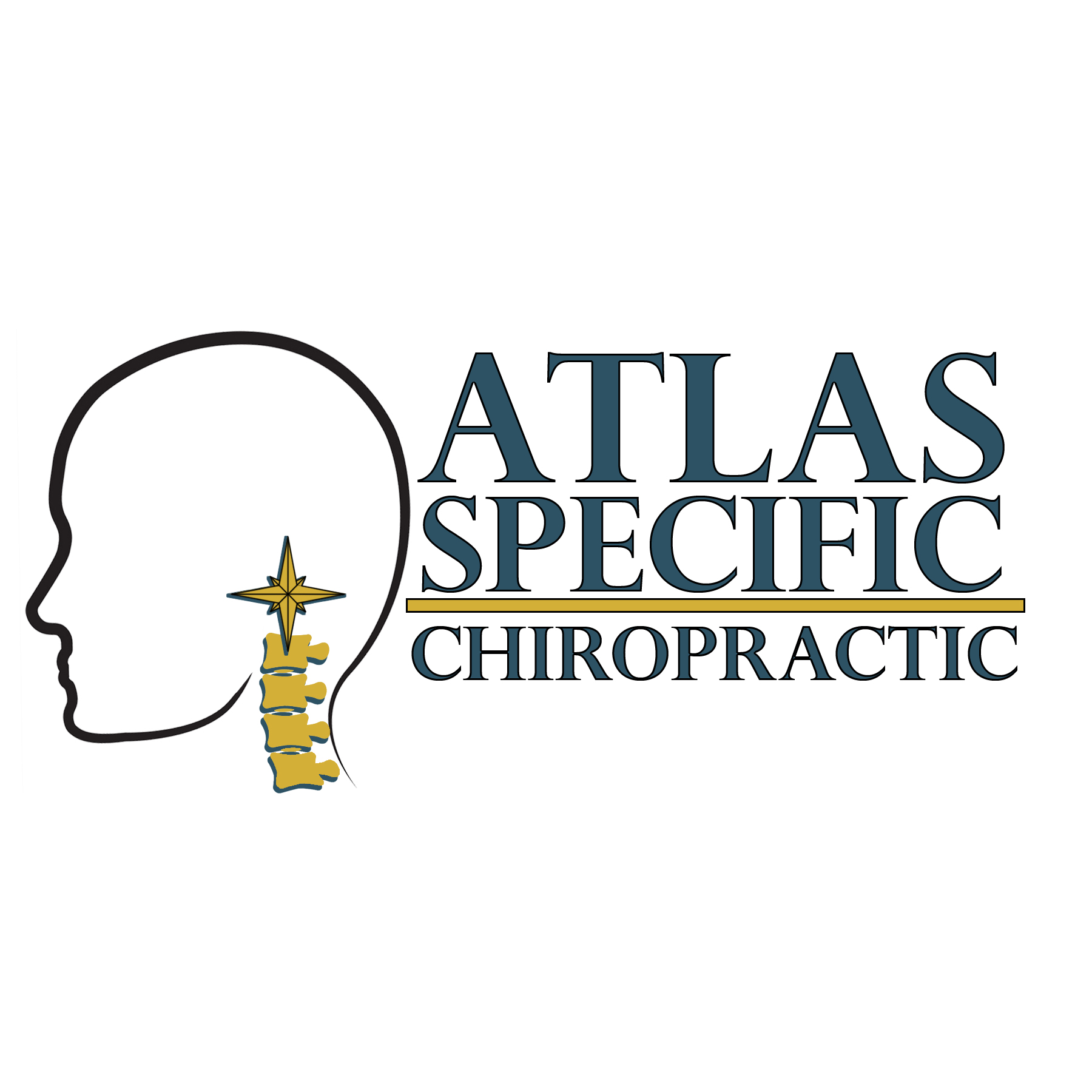
Fibromyalgia
Gentle, Nervous-System Focused Care for Widespread Pain, Fatigue & Sensitivity
Understanding Fibromyalgia
Fibromyalgia is a chronic condition marked by widespread pain, extreme sensitivity, deep fatigue, brain fog, and sleep challenges.
People with fibromyalgia often describe their whole body as being “turned up too loud” — with the nervous system overreacting to even small amounts of stimulation.
Common symptoms include:
-Widespread muscle and joint pain
-Tender points throughout the body
-Fatigue or energy crashes
-Sleep difficulty or waking unrefreshed
-Migraines or tension headaches
-Brain fog or trouble concentrating
-Sensitivity to touch, temperature, or noise
-Digestive issues (IBS-like symptoms)
-Anxiety-like symptoms caused by nervous system overload
Fibromyalgia isn’t “in your head.”
It’s a neurological condition involving an overactive, overstimulated, and overwhelmed nervous system.
What Causes Fibromyalgia?
Researchers believe fibromyalgia is linked to central sensitization — meaning the brain and spinal cord become hypersensitive to normal sensory input.
This can happen after:
-Physical trauma (car accidents, falls, whiplash)
-Chronic stress
-Viral or bacterial illness
-Post-surgical changes
-Hormonal shifts
-Long-term poor sleep
-Repetitive strain or poor posture
A major overlooked factor is dysfunction in the upper cervical spine, specifically the atlas (C1) and axis (C2).
The Upper Cervical Connection
The top of the neck is one of the most neurologically rich areas of the body. The atlas (C1) and axis (C2) protect the brainstem — the command center that controls:
-Pain perception
-Muscle tension
-Stress response
-Sleep/wake cycles
-Hormonal balance
-Autonomic nervous system regulation
When these vertebrae become misaligned, even slightly, they can:
-Irritate the brainstem
-Disrupt pain processing
-Increase sympathetic (“fight or flight”) activity
-Interfere with normal sleep and energy cycles
-Cause muscle tension throughout the neck, shoulders, and back
-Amplify normal nerve signals into pain
For many fibromyalgia patients, their symptoms began or worsened after an injury, whiplash, head trauma, or prolonged postural stress — all of which commonly create upper cervical misalignment.
Correcting this area often leads to noticeable improvements in pain levels, sensitivity, energy, and overall nervous system stability.
Why Traditional Fibromyalgia Treatments Often Fall Short
Most fibromyalgia treatment strategies focus on symptom management, including:
-Medications
-Physical therapy
-Massage
-Trigger point therapy
-Counseling
-Pain patches
-Anti-inflammatories
-Sleep aids
-Heat or ice therapy
While these approaches may help temporarily, they rarely address the root neurological imbalance contributing to the hypersensitive pain response.
If the structures of the upper neck remain irritated, the nervous system remains “stuck” in overdrive.
Upper cervical chiropractic works by improving the communication between the brain and the body — helping the nervous system calm down and regulate pain more normally.
How Upper Cervical Chiropractic Helps Fibromyalgia
At Atlas Specific Chiropractic, we correct the atlas and axis with extreme precision using the AHKC (Advanced HIO Knee-Chest) technique.
We combine:
✔ Functional Neurological Scans
Tytron thermography shows areas of nerve irritation and imbalance that correlate with fibro symptoms.
✔ Precision 3-View X-Rays
We measure atlas/axis misalignment down to 1/100th of a degree and millimeter, creating a custom correction plan unique to your anatomy.
✔ Gentle, Specific Correction
Our adjustment involvesno twistingno poppingno crackingInstead, a precise correction reduces brainstem irritation and restores normal communication throughout the nervous system.
✔ Stabilization & Healing
As the nervous system calms, many fibromyalgia patients report:
-Less widespread pain
-Reduced sensitivity
-Better sleep
-More consistent energy
-Decreased neck and shoulder tension
-Less brain fog
-Improved stress tolerance
Fibromyalgia doesn’t disappear overnight, but stabilizing the upper cervical spine often becomes a turning point in a patient’s healing journey.
Is Your Fibromyalgia Linked to Upper Cervical Dysfunction?
You may benefit from upper cervical evaluation if you notice:
Widespread pain that fluctuates with stress or poor sleep
Headaches or migraines along with fibro flare-ups
Neck pain or stiffness
Dizziness or imbalance
Brain fog or mental fatigue
Shoulder or upper back swelling/tightness
GI issues along with chronic pain
Symptoms that began after injury or illness
These patterns strongly suggest a nervous system imbalance influenced by the upper cervical spine.
A Calmer Nervous System Starts at the Top
Fibromyalgia can feel overwhelming, but healing is possible when the nervous system is supported and restored.
Upper cervical care helps the brain and body communicate clearly again — allowing pain levels, sensitivity, and fatigue to gradually improve.
At Atlas Specific Chiropractic in Hiawatha, IA, we help patients throughout the Cedar Rapids area find hope and long-term relief from fibromyalgia through precise, gentle, nervous system–focused care.
📞 Call (319) 343-8540 or schedule your first visit today to begin your healing process.
Open Hours
Monday, Tuesday, Thursday
9:00 - 6:00
Wednesday
12:00 - 6:00
friday
9.00 - 2.00
© Atlas Specific Chiropractic | Powered by Webflow.




